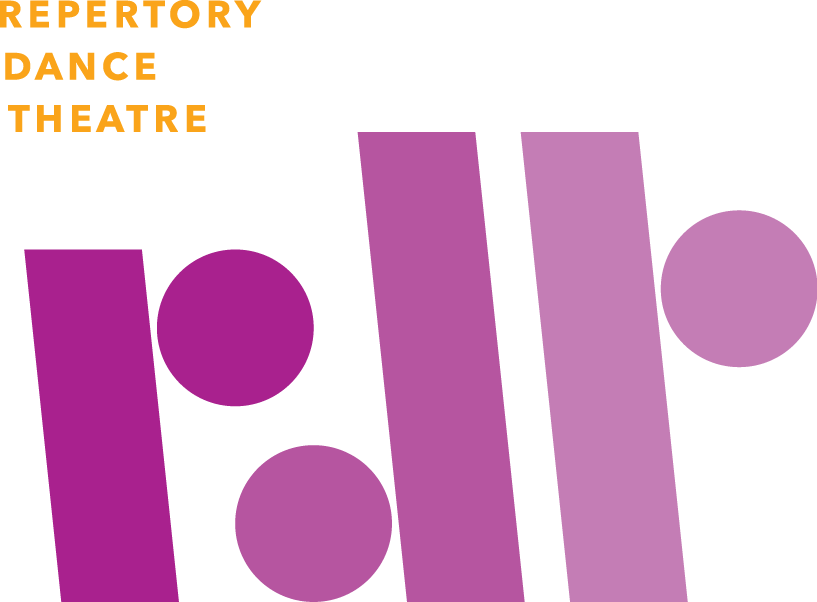-
Students will take inspiration from the choreographer Charles Moulton and his community based ball passing choreography. Students will learn basic ball passing movements and rhythms and create their own way of ball passing...
-
Students will explore shapes and pathways to create movement inspired by different birds at that inhabit the Great Salt Lake. Learning Objectives/Goals Demonstrate the shape of different bird beaks and how they move...
-
Characteristics and Interactions of Earth's Systems (2025)
In this creative movement lesson designed for 5th grade, students will learn about Earth's systems through movement. Learning Objectives/Goals Students will learn and embody through movement about the major Earth’s systems...
-
This creative movement lesson using syllables is a great ice breaker for the beginning of the year or semester, a time when students are getting to know one another and the teacher is getting to know students’ names as...
-
Students will explore the different steps and movements that make up common social dance line dances. They will then take some of these ideas and create their own unique line dance by manipulating these movements and using...
-
In this lesson designed for elementary grades 4-6, students explore dance elements by learning about math fractions. Learning Objectives/Goals Dance Elements Time and Space, Using fractions in rhythm, Using fractions in...
-
Fractions, Rhythm and Movement
Students will use rhythm to explore different fractions with movement and within the space. Learning Objectives/Goals The understanding of a whole note, half note, quarter note and eighth note as they relate to movement,...
-
Students will explore energy qualities and relationships within a group using inspiration from organisms in the Great Salt Lake food chain. Learning Objectives/Goals Create a model using movement to show the movement of...
-
Over, Under, Around and Through - Prepositions and Geometry in Movement
In this lesson designed for elementary grades 4-6, students explore shapes and positive and negative space through movement. Learning Objectives/Goals Use of Prepositions and movement (over, under, around, through, in,...
-
In this lesson, students will use the choreographic elements of direction (forward, sideways, backwards), levels (low, medium, high), speed (slow, medium, fast) and actions (verbs) to create a dance. Learning...
-
Rhythm study with Straight, Curved and Angle Lines
In this lesson plan, students will explore rhythm, using shape and 3 types of lines (straight, curved and angles). Students will work together in groups and use their counting skills while moving. Learning Objectives/Goals...
-
Slow and Fast Changes to the Earth's Surface
Students will use creative movement to explore the slow and fast changes that happen to the earth's surface, including landslides, earthquakes, volcanoes, and erosion. Learning Objectives/Goals Working with different...
-
Students will abstract everyday gestures to tell a story and create a movement sequence. Learning Objectives/Goals Isolating different body parts, exploring ways you can abstract movement, Creating a movement sequence...
-
Explore and experience how describing words can change how a movement can look and feel. Learning Objectives/Goals To experience kinesthetically verbs and adverbs and discover the differences in “how” a movement can be...

